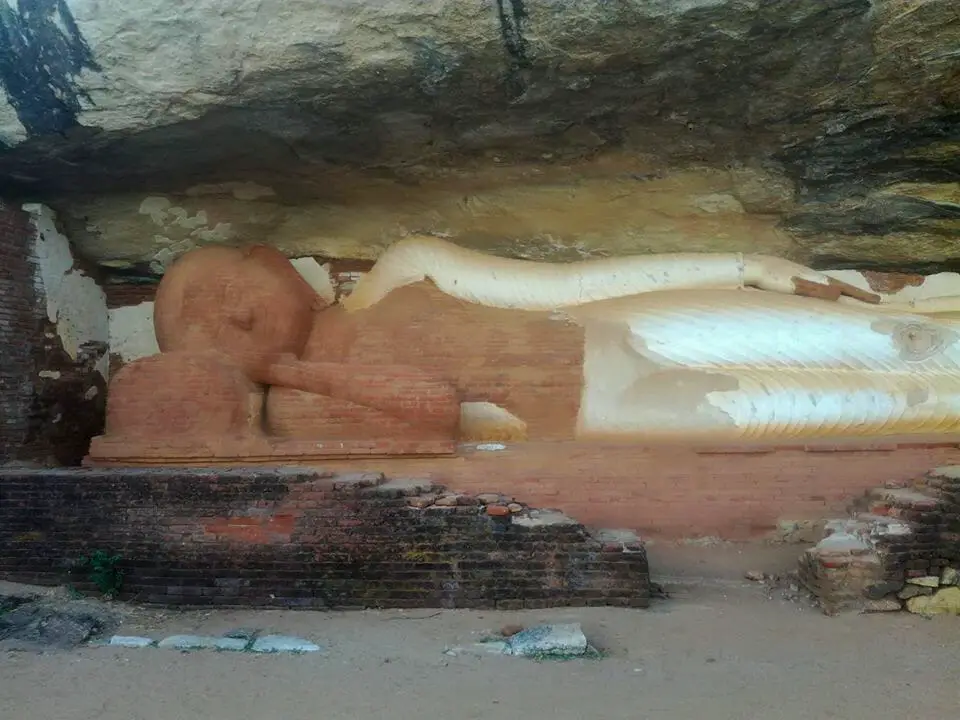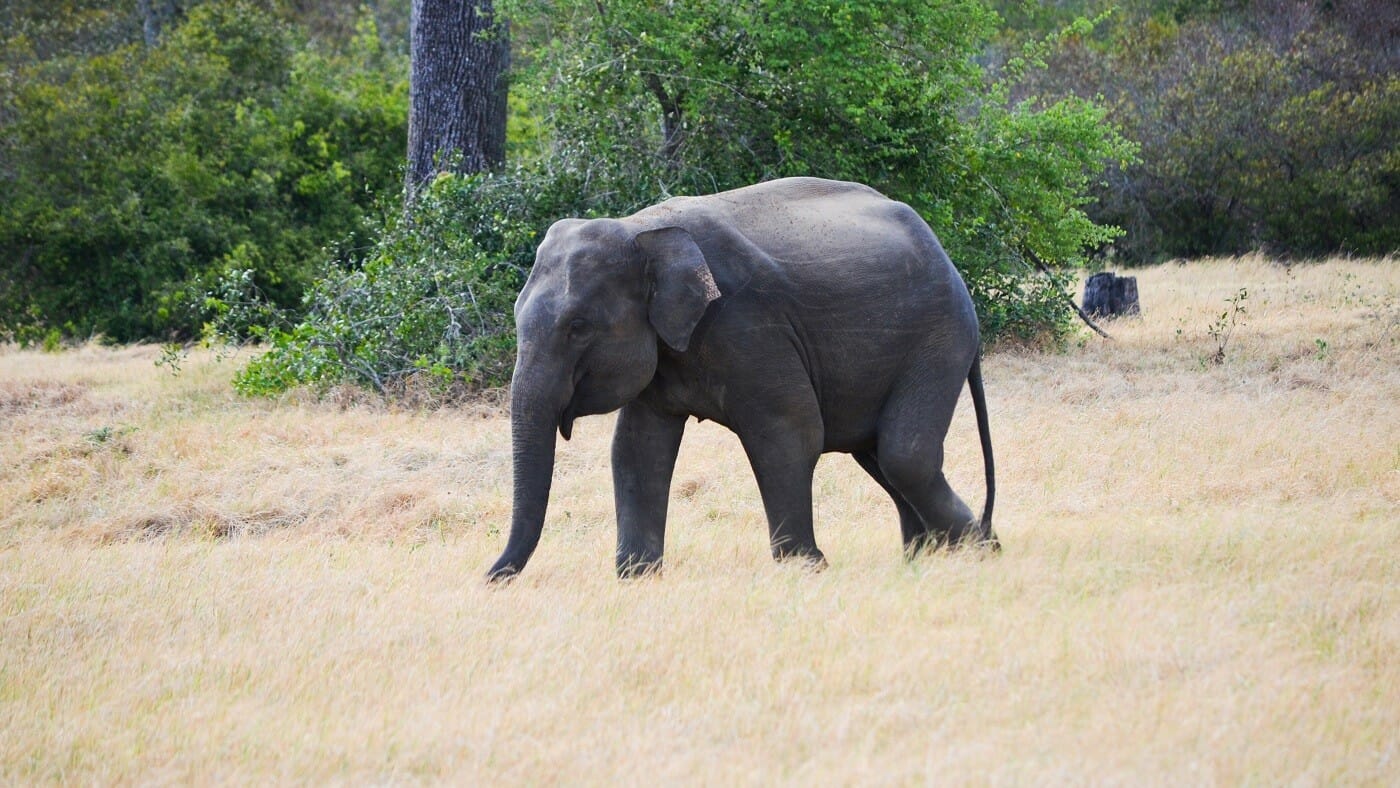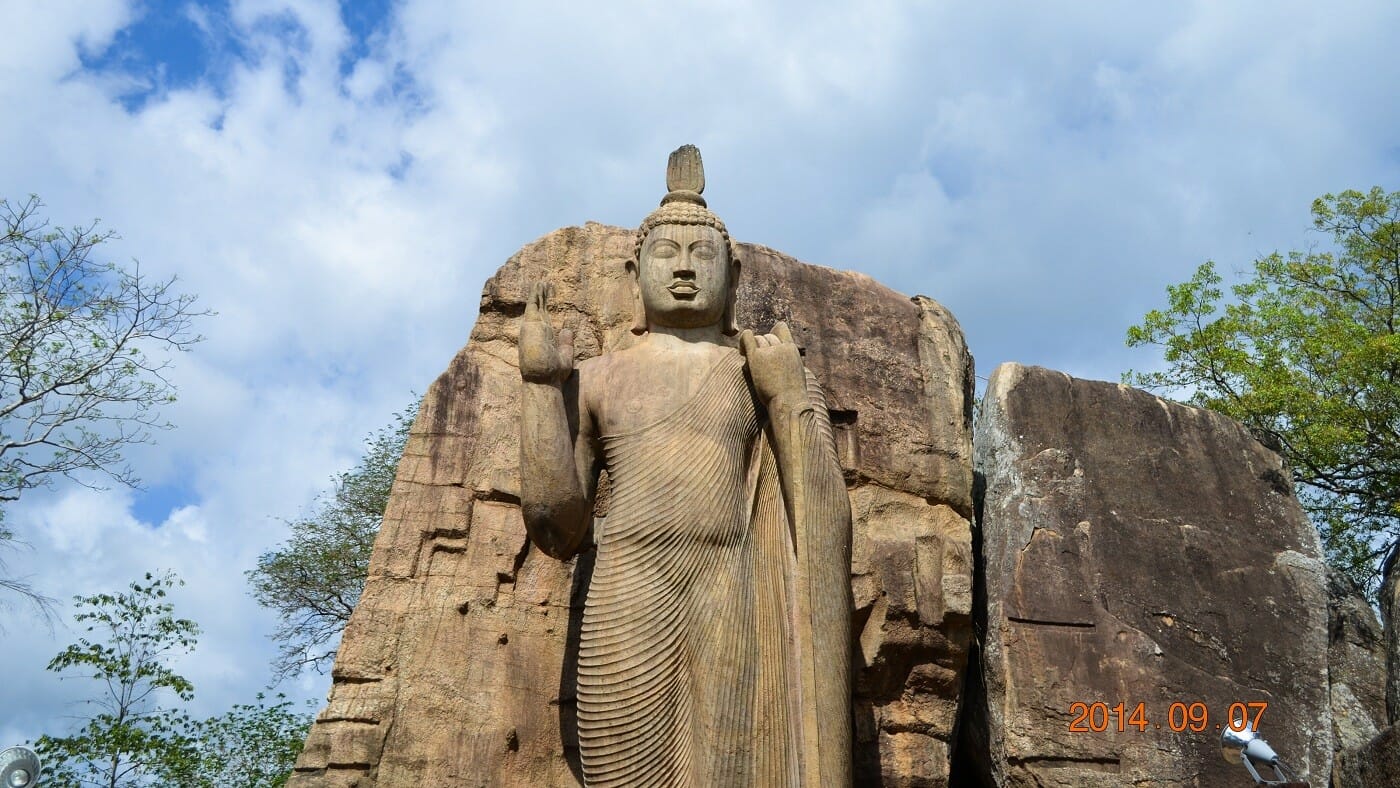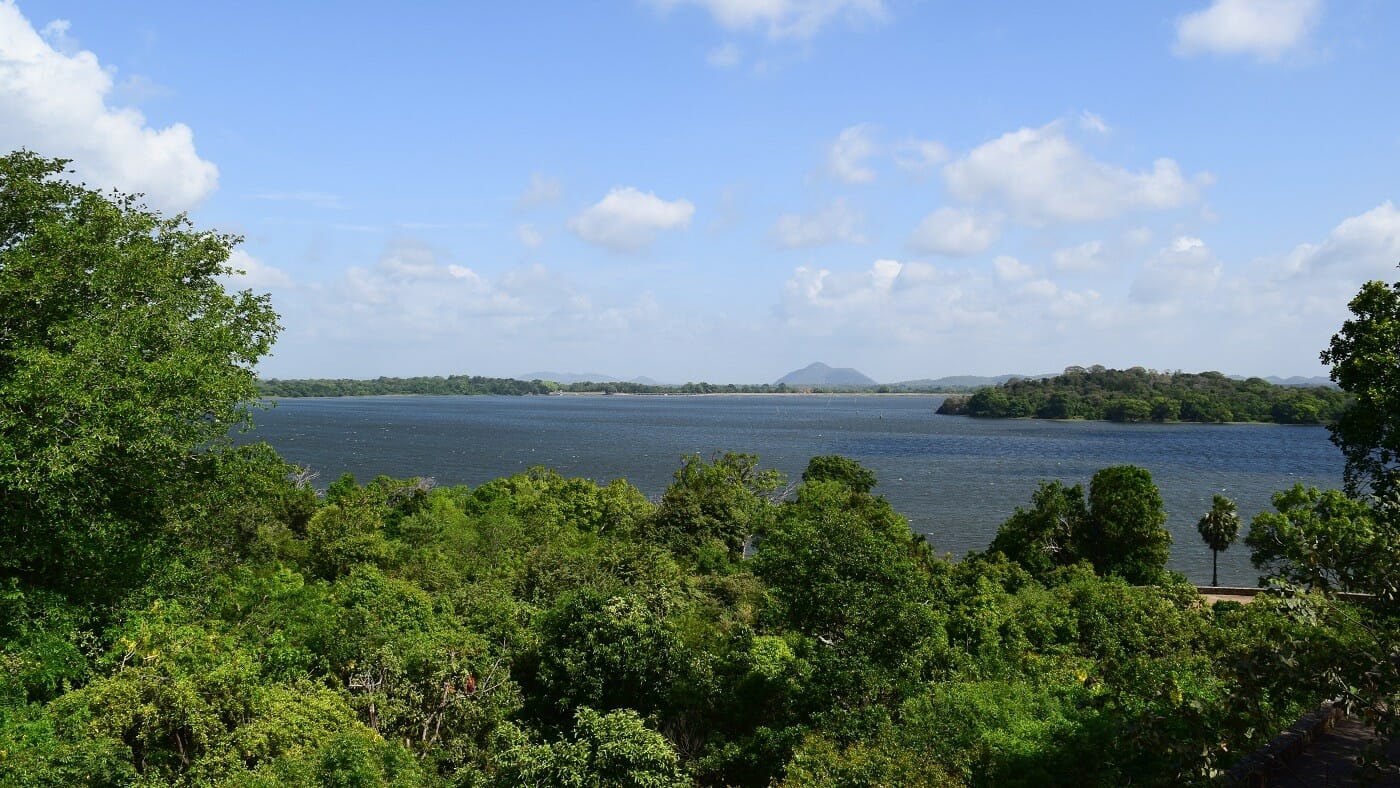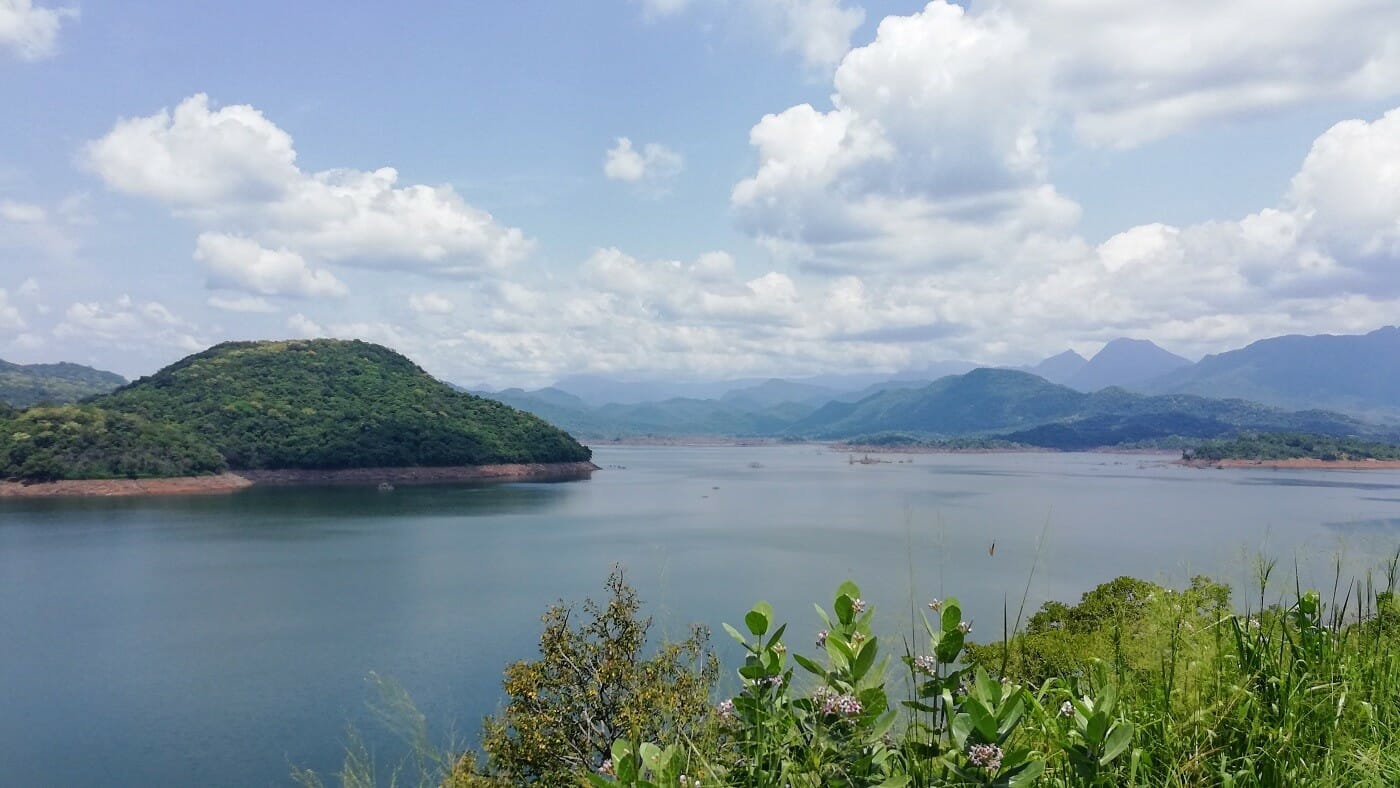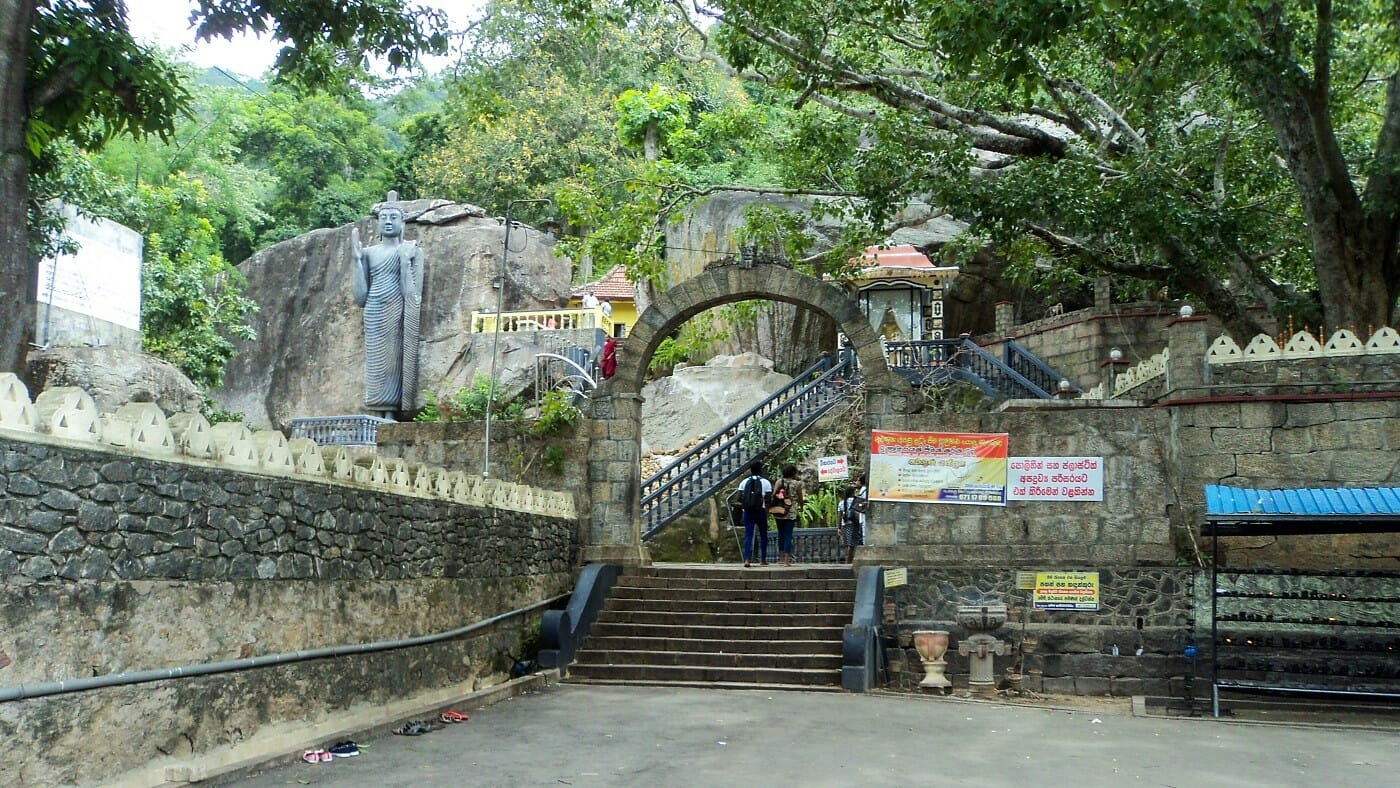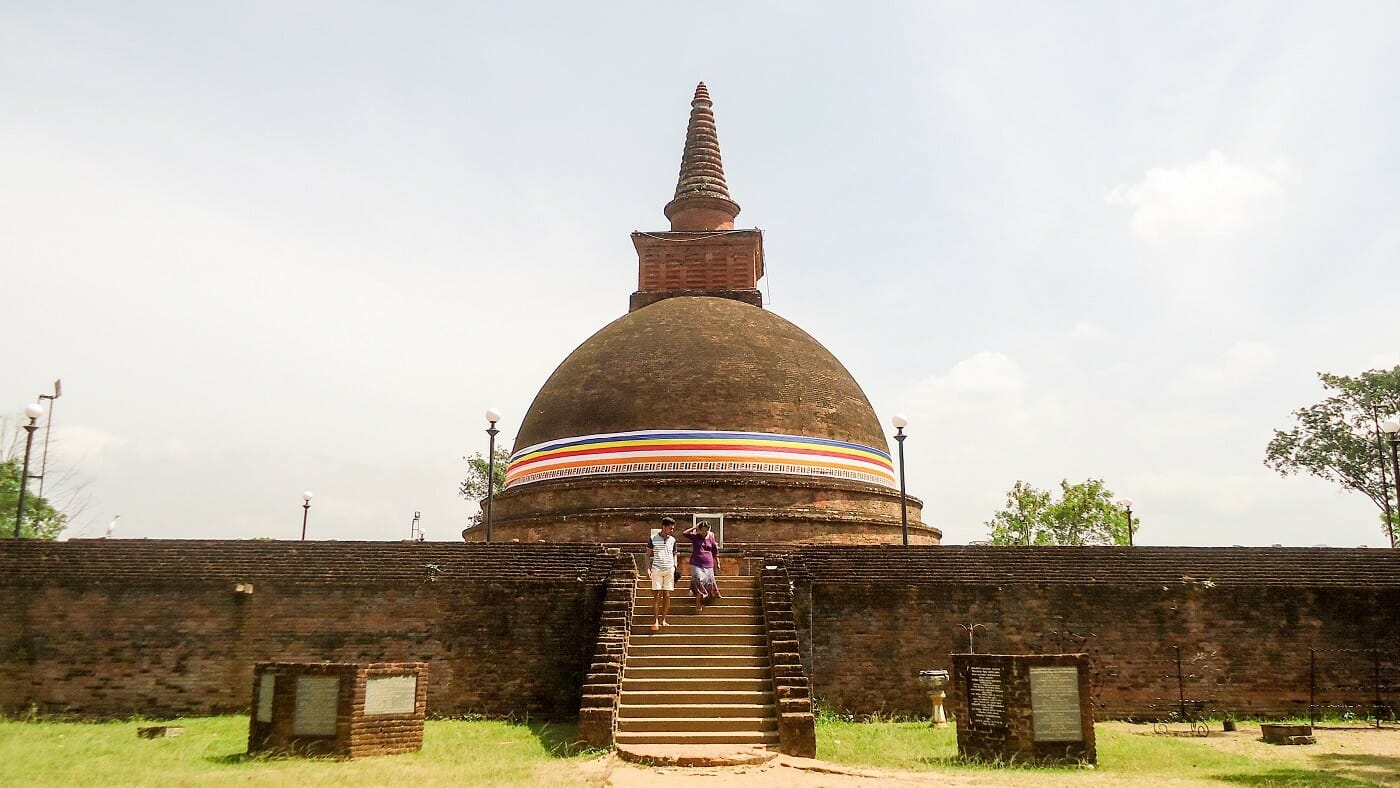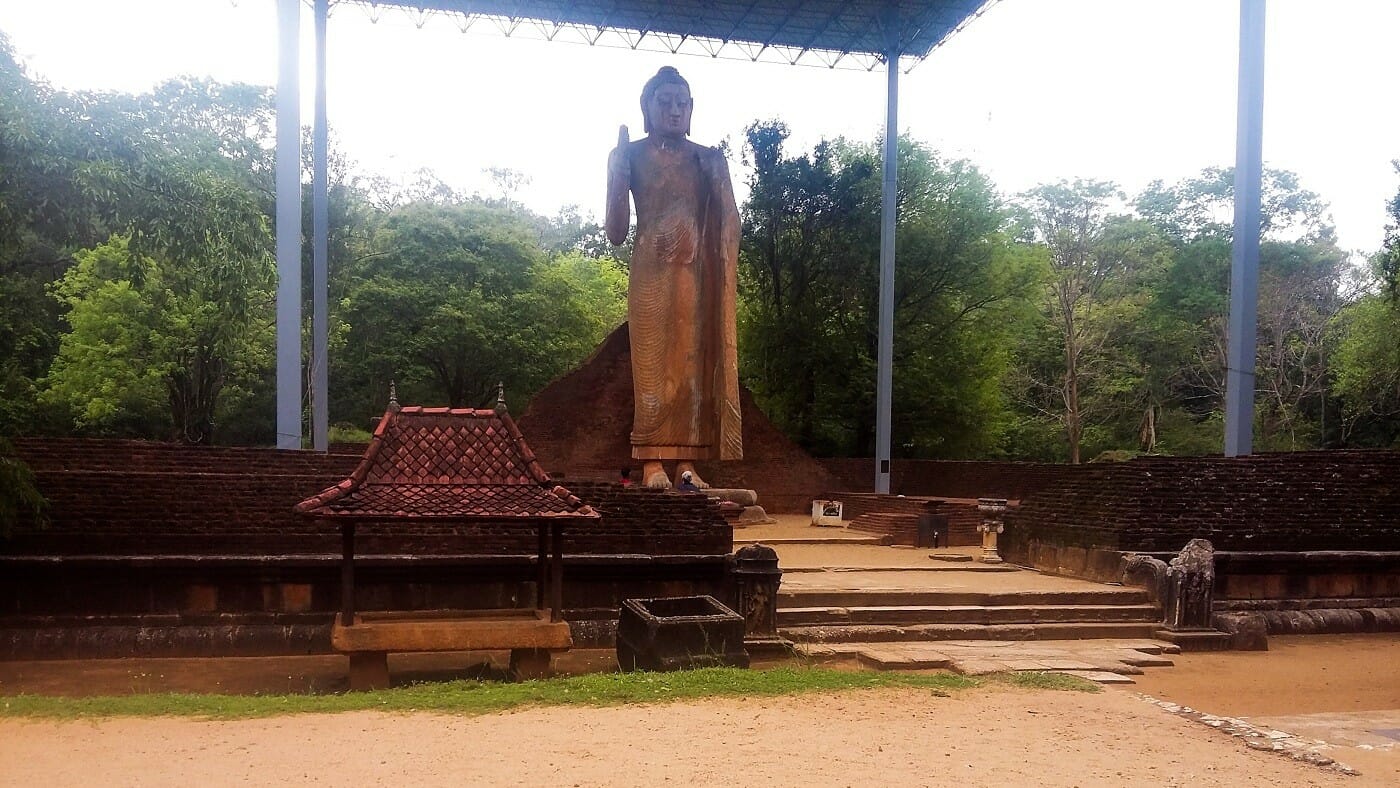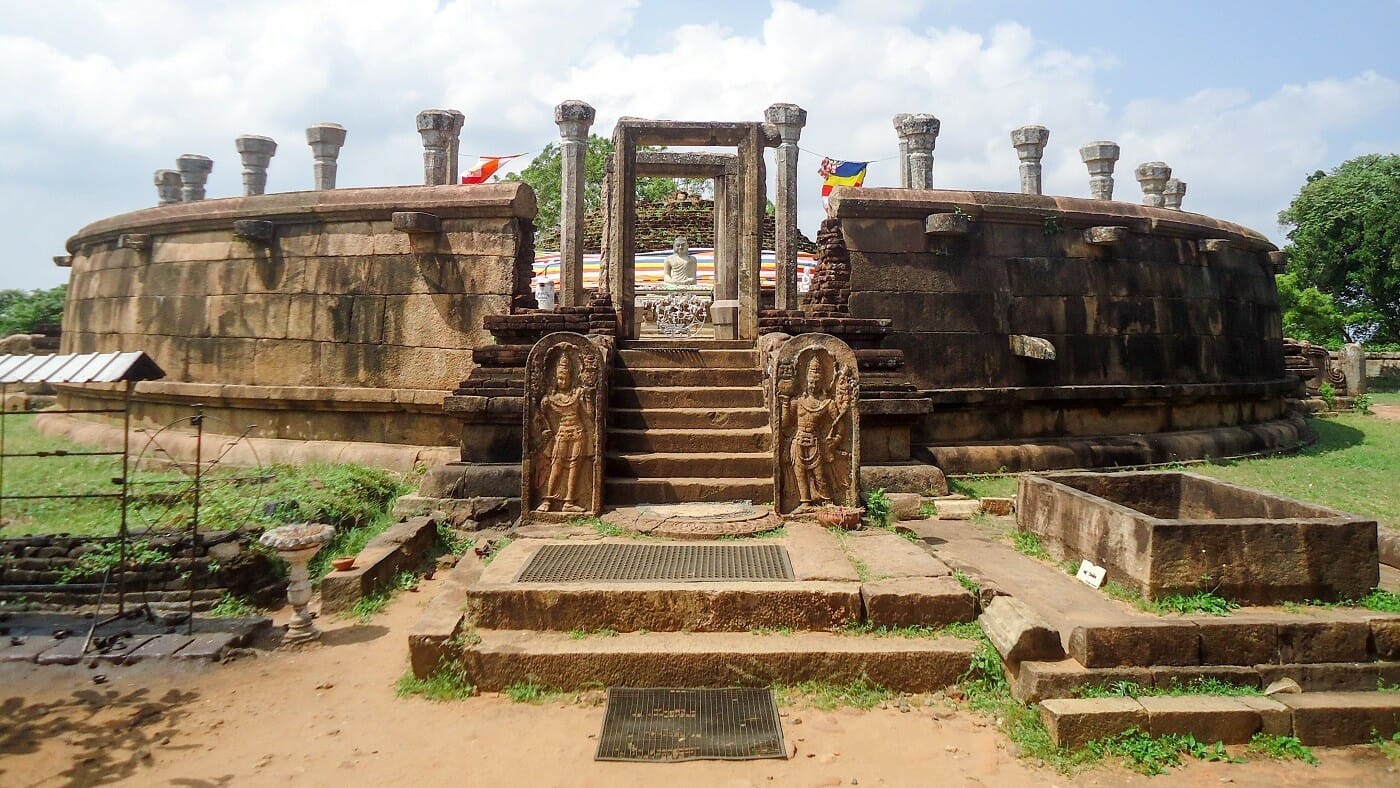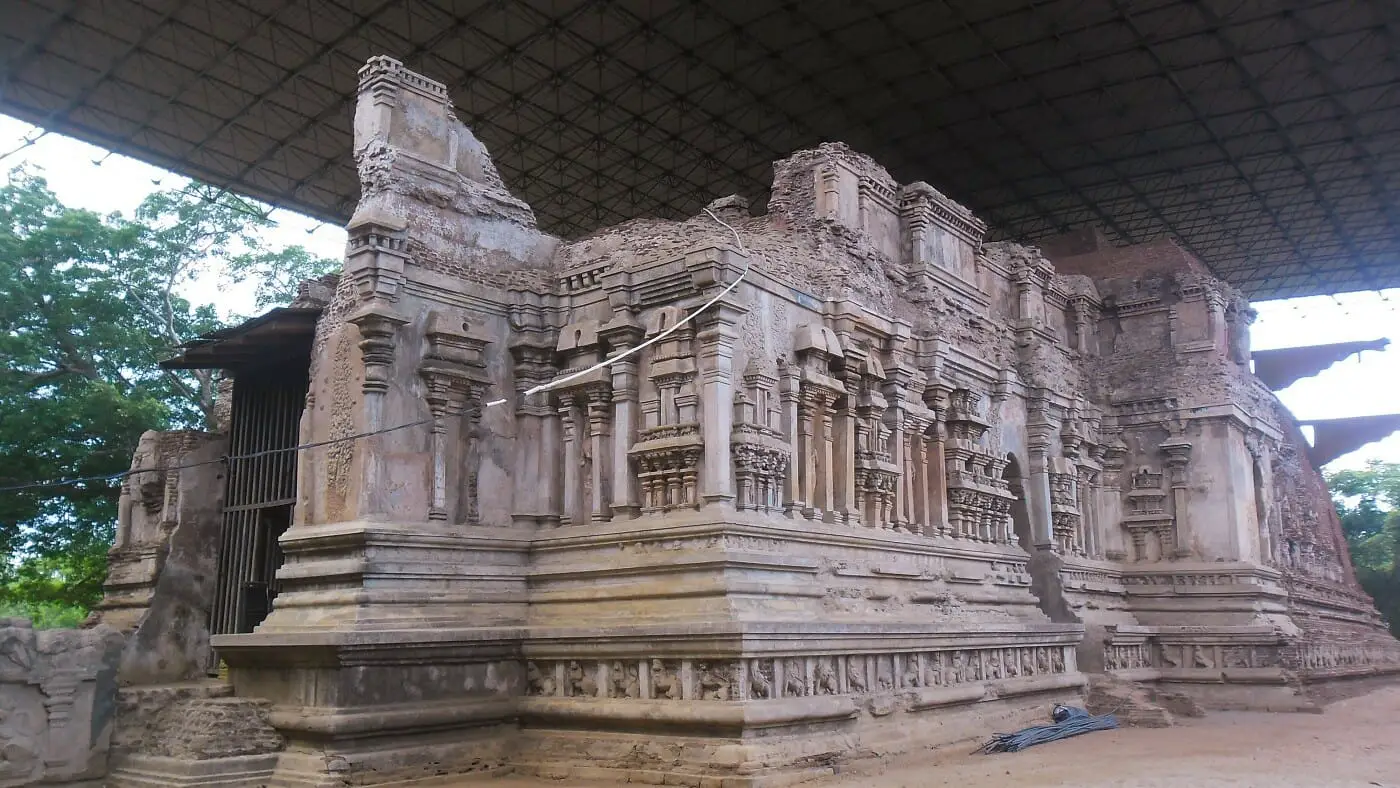Favorite
Pidurangala Rajamaha Viharaya is an ancient Buddhist monastery located in the Matale District of Central Province, Sri Lanka. The monastery was built by the King Kashyapa (473-495 CE) to relocate monks who were residing in Sigiriya rock before the construction of the fortress. Also, it is believed that this monastery has been served as the royal monastery during the reign of King Kashyapa. Pidurangala is a massive rock similar to Sigiriya, said to be just four feet short of the height of Sigiriya. From certain places at a distance, one can see the view of both Sigiriya and Pidurangala. Surrounding the Pidurangala Read more...
Favorite
Kaudulla National Park was designated as a national park on April 1, 2002. It is located in the Polonnaruwa District of North Central Province Sri Lanka. The park is spread over 6,900 hectares. You can reach the park by Ambepussa – Kurunegala – Trincomalee highway and it is around 190km away from Colombo. The Minneriya National Park, another park where you will find the Elephants in large numbers are also located close to this park. However, Kaudulla is less crowded compared to Minneriya and therefore some tourists prefer to visit Kaudulla. Kaudulla is another great place to see elephants in their natural Read more...
Favorite
Avukana Buddha Statue is a great masterpiece of sculpture which explain the competence of artist in ancient Sri Lanka. It is an over 40 feet high Buddha statue carved out of a great granite rock face built during the reign of King Dhatusena (455 – 473 AD). It is located in the vicinity of Kala Wewa in Anuradhapura district of North Central Province, Sri Lanka. In this is statue the Lord Buddha is depicted in Asisa Mudra which is a pose of blessing. Originally this statue had been placed inside an Image house and now you can see only the crumbling brick walls of Read more...
Favorite
Vijithapura Rajamaha Viharaya is an ancient Buddhist temple worshiped by Buddhist all around the country. The temple is located closer to the Kala Wewa in Anuradhapura district of North Central Province, Sri Lanka. You can access this temple through Kekirawa – Galewela road and only about 10km away from the Kekirawa temple. According to the historical sources (like Mahavamsa, Deepavamsa, Tupavamsa, and Saddharmalankaraya), the history of the Vijithapura area goes back to the reign of King Vijaya (543–505 BCE). The beginning of the Vijithapura Rajamaha Viharaya is not clearly identified. However, according to the legends, the history of the temple Read more...
Favorite
The Kandalama reservoir is one of the most beautiful ancient reservoirs in Sri Lanka. It is located in Dambulla, in Matale District of Sri Lanka, about 8 km away from the famous Dambulla Cave Temple. The reservoir has been a famous tourist destination for both local and foreign tourist, even during the British colonial period. This is a popular bathing location among local travelers. You can arrange wonderful hot air balloon ride over this site and there few companies who provide the service. The Kandalama reservoir is also a testament to the ancient architectural knowledge of Sri Lanka. it plays a Read more...
Favorite
The Moragahakanda Reservoir is the largest reservoir of the Mahaweli project. The Moragahakanda Dam is a high gravity dam with a height of 65 meters. The dam has created the Moragahakanda Reservoir, which has an active storage capacity of 521,000,000 cubic meters and is four times bigger than the gigantic Parakrama Samudraya in Polonnaruwa. The main viewpoint of and the dam can be easily accessed via Naula – Elahara – Pallegama – Hettipola (B312) road which is starting from Naula on Kandy – Jaffna (A009) road. The reservoir mainly belongs to the Polonnaruwa District of North Central Province. You can also access this Read more...
Favorite
The Sankapala Raja Maha Viharaya is located in the Ratnapura District of Sabaragamuwa Province, Sri Lanka. According to rock inscription found here, the history of this temple goes back to the reign of King Dutugemunu (161-137 BC). As said by the legends, there had been Ten Giants in king Dutugemunu’s troops. The giant Pussadeva is one of them who had a special skill of blowing conch shells (“Sankha” in Sinhala) so loudly. The symbol of the giant was also the conch shell itself. After winning the Vijithapura war, the king Dutugemunu has offered this area to the Pussadeva giant. Later, he has Read more...
Favorite
The Dematamal Viharaya is an ancient Buddhist temple in the Okkampitiya village in Monaragala District, Sri Lanka. The history of this temple dates back to the 2nd – 3rd century BC. According to the legend, this is the temple which the King King Saddhatissa hid after being defeated in the battle with King Dutugemunu (Brother of King Saddhatissa). External Links ගැමුණු කුමරුට බියේ තිස්ස කුමරු සැඟවී සිටි දෙමටමල් විහාරය දෙටුමල් නමින් බිහිවූ දෙමටමල් විහාරය Read more...
Favorite
The Maligavila sacred place is famous for its giant free-standing Buddha Statue belongs to 7th century. It is located in the Monaragala District of Uva Province, Sri Lanka. According to the ancient chronicle Chulavamsa, the Statue has been made by a Prince named Aggabodhi. The Buddha statue is 14.5m tall and it has carved out of a single limestone. Initially, there had been an image house surrounding this statue and the foundation of it can still be seen today. At about 500 m to the southeast, there is another statue called Dambegoda Bodhisattva Statue. According to the Mahavamsa, this statue has been Read more...
Favorite
The Girihandu Seya stupa is located in Thiriyaya in Trincomalee District of Eastern Province, Sri Lanka. According to the legend, this is the stupa mentioned in the story of Thapassu and Bhalluka two traders. As such, it is considered to be the first Stupa built by enshrining the relic of Lord Buddha and probably it was built around 528 B.C. The stupa was originally a small in size and had been renovated in the 8th century A.D. The Vatadage encircling stupa was built during the renovation. External Links Thiriyaya Girihandu Seya Thiriyaya – Department of Archaeology Read more...
Favorite
Tivanka Image House is identified as the image house of Jetavanaramaya Monastery built by the King Parakramabahu the Great (1153 – 1186). It is located in the main archaeological site of Polonnaruwa District in North Central Province, Sri Lanka. The name Tivanka (means three bends) is given due to its giant Buddha image is bent at three places, namely shoulder, hip, and knee. The image house is famous due to the paintings on its interior walls. The paintings belong to the 12th century and they depict certain incidents from Jataka Stories and the life of Buddha. Like Thuparamaya and Lankathilaka, this image Read more...
